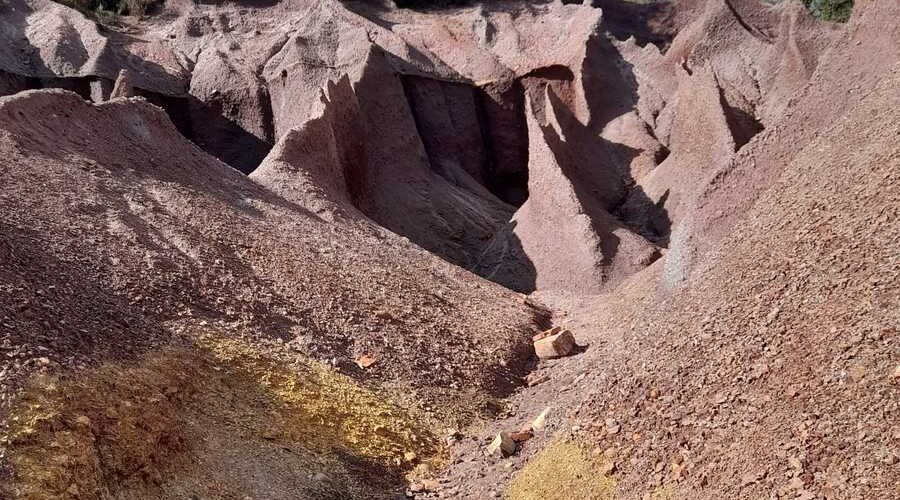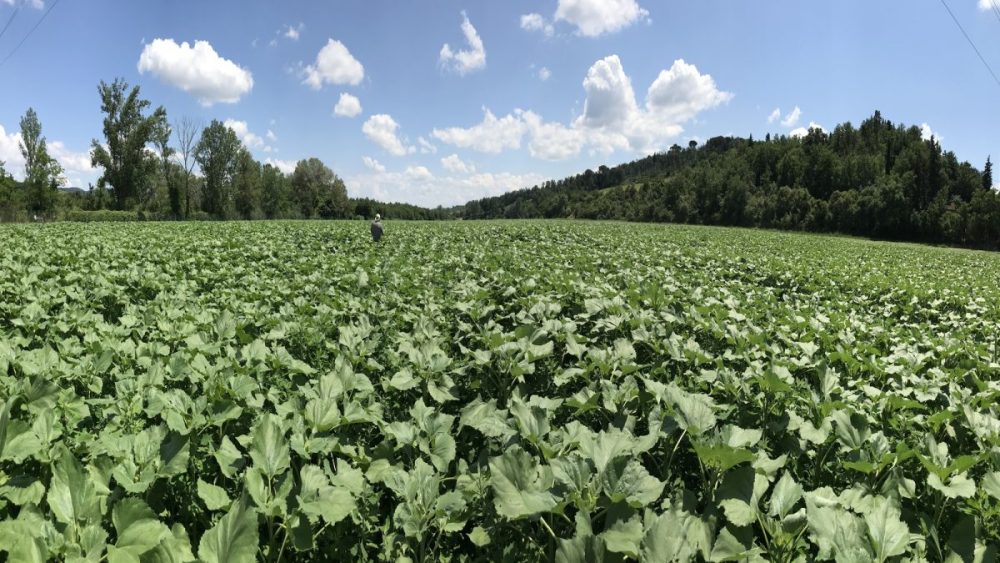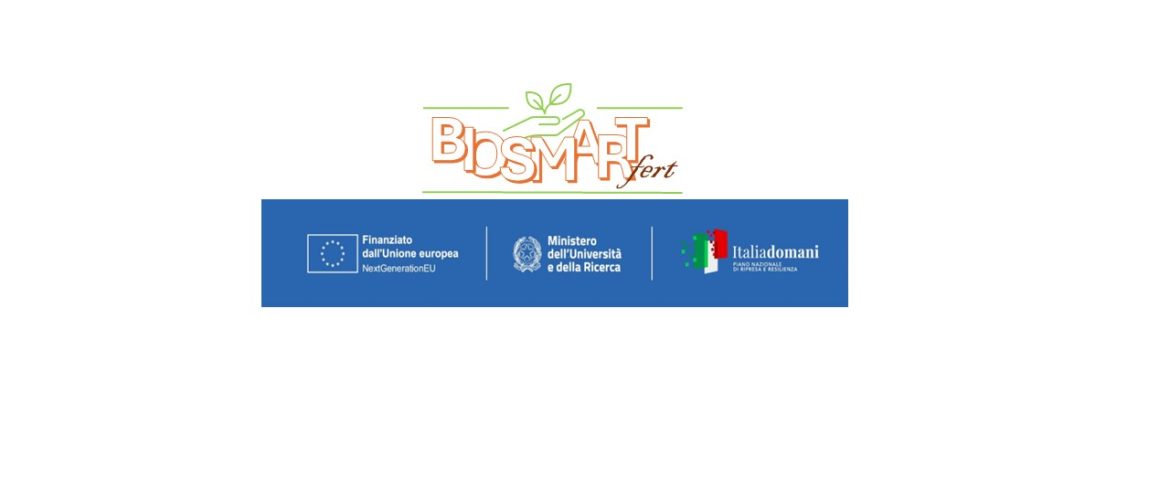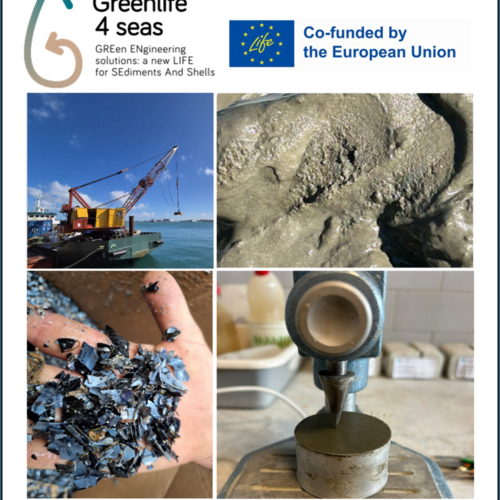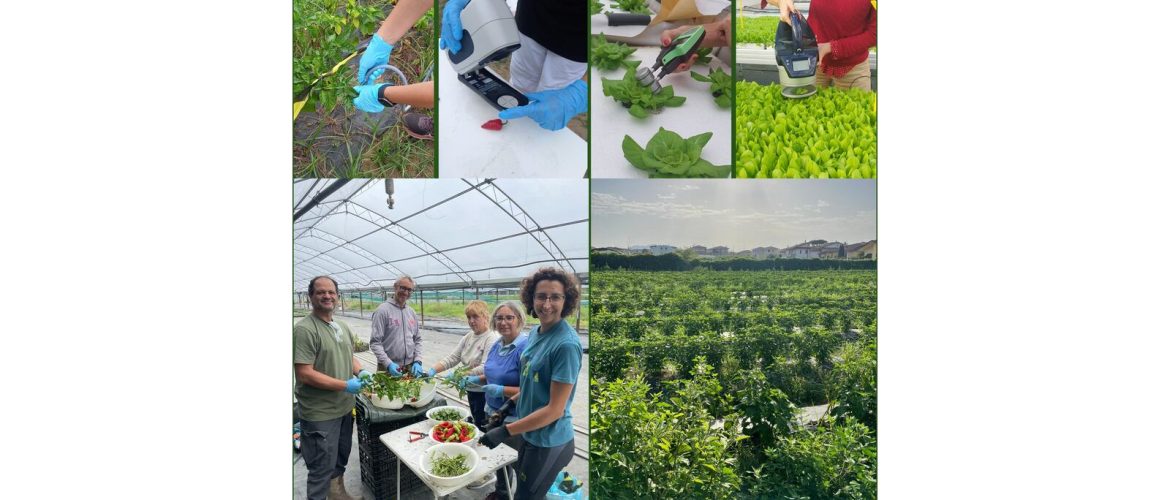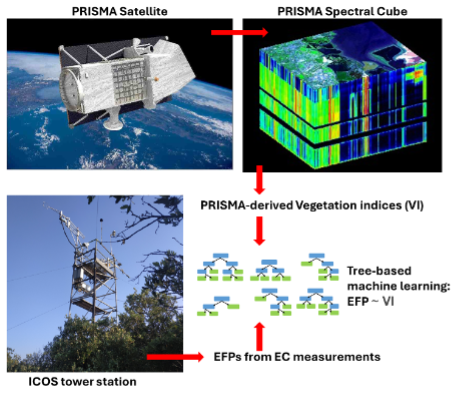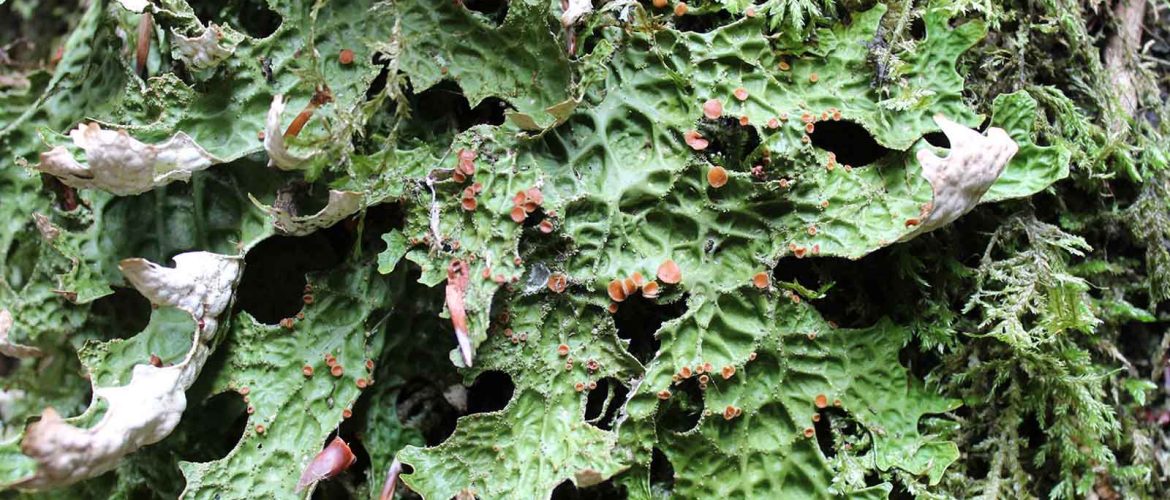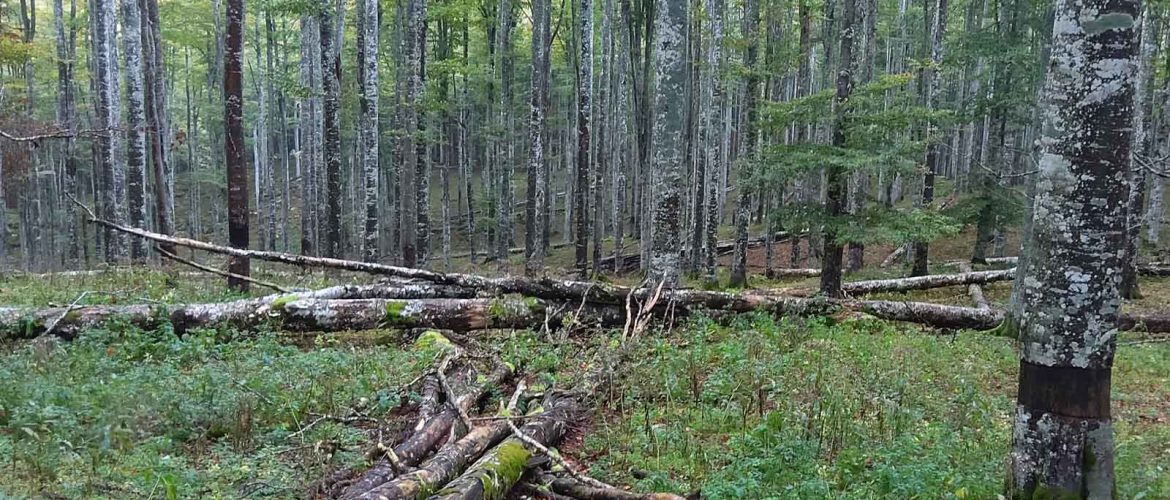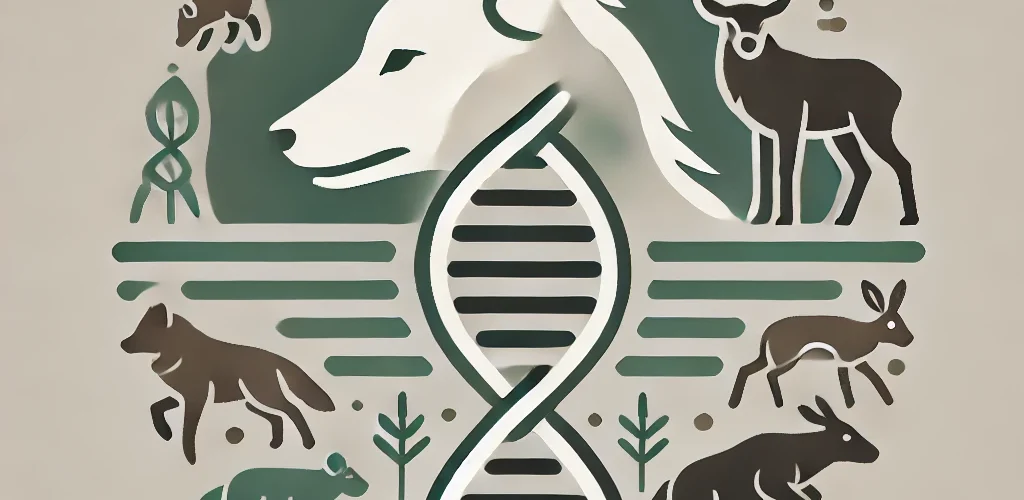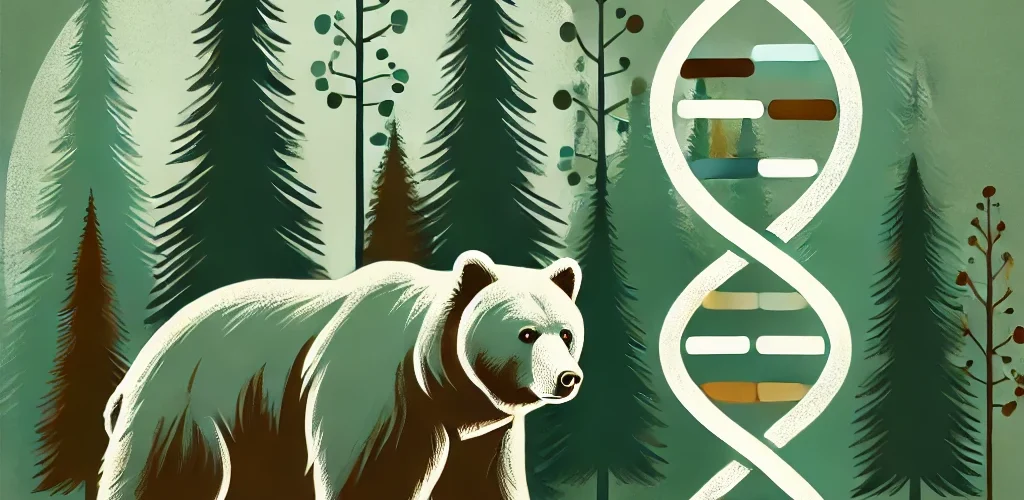Rare Earth Elements in Urban and mining aReas: an EmErging Concern for soil (and human) heAlth Rare Earth Elements (REEs), vital in electronics and low-carbon technologies, are increasingly concentrated in urban, industrial, and mining areas, raising ecological and health concerns. Soils, as key REE sinks, may transfer REEs to plants, microorganisms, and the atmosphere. This project investigates REE occurrence, mobility, ecotoxicity, and source-sink
The MSW compost, derived from the municipal organic fraction of waste collected from the city of Florence (Tuscany, Italy), has been applied to typical crops of the Tuscany Region (olive tree, wine vine, sunflower and cardoon for the first year of research activity). For each crop, one plot (about 1 ha) has been subjected to different treatments in three different farms: conventional fertilizer as usually applied by the farm (control), MSW-compost, and MSW-compost
BIOpolymers from agri-food waste digestates for SMART release bioFERTilisers The BIOSMARTFERT Project aims to define the production chain of a new generation of renewable biofertilizers with a modulated release, described below as SMART release FERTilisers (SRF), derived from digestate of biowaste. The BIOSMARTFERT Project is therefore divided into three main phases: During the first phase, the following processes will be carried out: (i) dark fermentation process to produce digestate and volatile fatty acids (VFA): (ii) the VFAs produced will be used as feedstock
Il Progect GReen ENgineering solutions: a new LIFE for SEdiments And Shells 101114177 — LIFE22-ENV-IT-LIFE GREENLIFE4SEAS is a courageous project that stems from the urgent need to find out sustainable solutions for two strong environmental concerns: the fate of 200 million of m3 of sediments, often contaminated, dredged in EU every year and the disposal of 490,000 tons/year of shells, as one of the most impacting EU aquaculture wastes. GREENLIFE4SEAS will demonstrate the technical feasibility, full
The project MOMA “Optical Methods for Monitoring Nitrogen in Horticultural Crops” involves the development of a strategy for sustainable management of nitrogen fertilization in horticultural crops through the creation of models for estimating qualitative-quantitative parameters based on measurements obtained by optical sensors. The goal of the project is the production of guidelines for precision nitrogen fertilization based on measurements with optical fluorescence sensors in a protected environment and on proximal and satellite data maps in the open field, considering both environmental
Monitoring and studying natural ecosystem is critical for biodiversity conservation, also in view of climate change impacts. Biodiversity can be addressed at different levels (genetic, species, ecosystems): the ecosystem biodiversity includes functional variability, habitats and communities, ecosystem services, and ecological processes. Remote sensing is a powerful tool to study ecosystems, producing spatially explicit data and being able to upscale local measures over broad ranges. Project activities include the use of innovative remote sensing data (from satellite, airborne and UAV) to characterize: (a)
Current levels of pollutant emissions in the European Union pose risks to human health and ecosystems, as well as exposing member countries to the risk of infringement and the payment of heavy fines. To address this emergency, European Directive 2016/2284 (NEC Directive) was issued, which establishes commitments to reduce atmospheric emissions of pollutants associated with human activities, through a system of monitoring and reporting of measured data. In addition, member states are required to monitor the adverse impacts of air
Traditional forest management, still all too often focused solely on maximising wood production, has led in many areas to a reduction in structural heterogeneity, in the presence of standing and ground dead wood and in the availability of microhabitats, with a consequent reduction in species diversity. This is even more true for saproxylic biodiversity, i.e. that represented by species linked at least at one stage of their life cycle to decaying or dead wood or other saproxylic organisms. This
The wolf, a species that once threatened extinction in Italy, has shown significant expansion in recent years. This development makes it imperative to adopt management plans based on solid scientific evidence. In the case of the wolf, being a predator, it is particularly important to study its diet, especially in contexts characterized by the presence of human activities. This project, funded by the Institute of Applied Ecology and carried out in collaboration with the “Charles Darwin” Department of Biology and Biotechnology
Photo by Greta Agostini All cells in a living organism contain essentially the same DNA. However, cells can use the information contained in the genetic code differently, depending on the functions they need to perform. This modulation of gene expression occurs through epigenetic modifications, which, at least in part, can be influenced by the environment. These modifications regulate the expression of genes without altering their DNA sequence. In contrast, the study of epigenomics, which has been widely established in biomedical fields and


